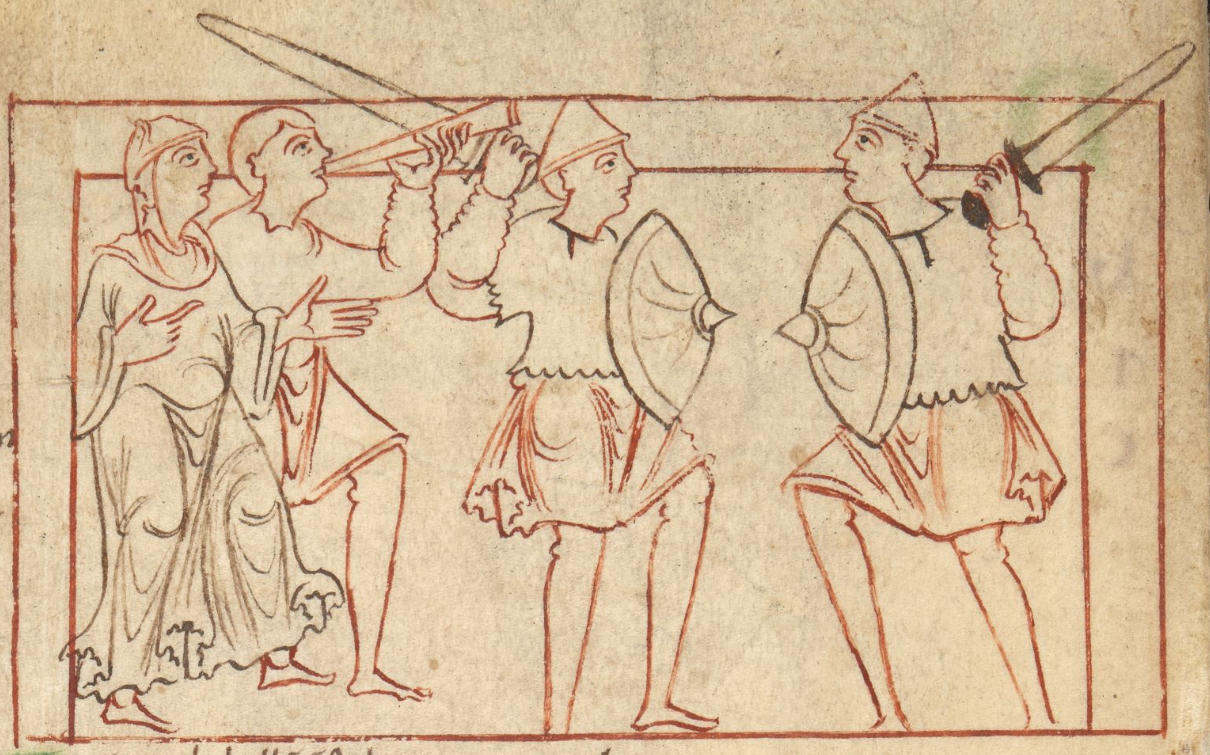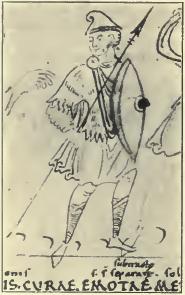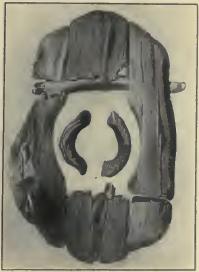
Try Amazon Audible Plus
Prudentius' Psychomachia
'Conflict Of The Soul'
British Library, MS Cotton Cleopatra C VIII, c.1000
Indulgence making her way to war
folio 18 verso, upper register

Source: f.18v British Library, MS Cotton Cleopatra C VIII


